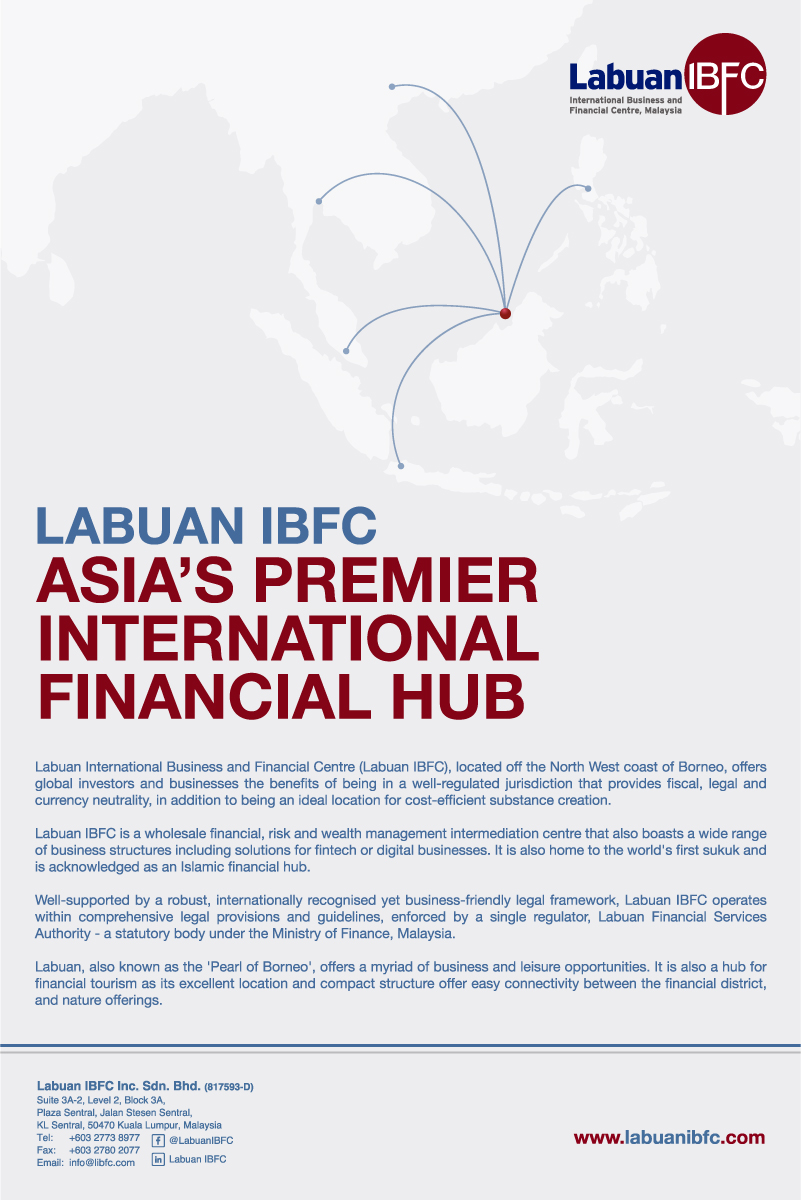As the US cannabis industry grows, suboptimal insurance coverage has left industry players vulnerable to risk. CLIC RRG aims to offer the cannabis industry a new option. Barney Dixon spoke to its founder Chris Payne to find out more
What is CLIC Risk Retention Group?
CLIC Risk Retention Group (RRG) is an RRG that is formed to serve participants in the legalised cannabis industry. They could be growers, manufacturers, distributors, labs — anybody who is licensed by a state where cannabis is legal.
How does a CLIC RRG differ from traditional insurance providers in the cannabis industry?
As far as I know, we are the only group captive in the industry. We’re the only RRG that’s been licensed and approved to do business. We operate solely for the benefit of our policyholders. There are no outside investors in RRGs. We are solely dedicated to the interests of our members.
Have you got a lot of attention? What’s the landscape looking like for CLIC RRG?
We are about to launch and are going to issue our first policy next month. We have a founding group of policyholders and they’ve put up the capital. We will be issuing general liability and product liability policy starting in April. We’ve been doing a lot of marketing and canvassing of potential policyholders, so we think we’ll be able to recruit a good group of members. We want to make sure we recruit people who are safe operators — people who want to make cannabis a responsible, safe and consumer-friendly industry.
What are the next steps after issuing the first policy?
To recruit as many good risks as we can. We’re going to start with two product lines: general liability and product liability. We want to get the word out to the cannabis industry that they have an option. There are very limited choices for anybody in the cannabis industry, there are also limited choices for the cannabis industry in insurance.
We offer them a radically different proposition from the commercial marketplace. They can help us design the risk management programmes and protocols. They determine the underwriting standards and they decide which claims are settled and which claims are defended — it’s a traditional captive approach. If it wasn’t for the word ‘cannabis’, this would be a very ordinary captive programme.
What inspired you to create an RRG specifically for the cannabis industry?
I spent most of my career working for captives in the healthcare industry. I had a client in Colorado and, when cannabis became legal there, I started talking to people in the cannabis industry who would tell me about their problems securing good insurance.
The policies that were available had a lot of exclusions. The prices were, and still are, extremely high and there are very few choices. Naively, I thought I’d start a captive for cannabis risks and that would be relatively simple. However, I learned how difficult it is to get all the services around a captive that you need, particularly in banking.
There are plenty of banks that will hold cannabis funds, but only an incredibly small number will do so in a transparent and open way. It’s difficult to find a state where cannabis is legal, a bank in that state that’s willing to be open and transparent about providing banking services, and a state where captive insurance is permitted.
However, there are some things that are favourable to our project. Premiums for cannabis risks are high and coverage is suboptimal. There are a small number of insurers offering coverage and I have no problem with any of them making a market, but they’re not specialists and they’re not committed to the industry in a way that a captive is.
Captives are the self-correcting market mechanism in the insurance industry. If the industry as a whole can’t provide coverage at prices that accurately reflect the risk, or the terms and conditions of the policy are inadequate, people will turn to captives.
What kind of policies will CLIC RRG be pursuing?
We’re going to start with general liability and product liability, because cannabis licencees are generally required to have both of those coverages. Most of the general liability claims we have seen so far are the traditional ‘slip-and-fall’ kind of injuries that you would see in any retail insurance programme — somebody has an accident in a dispensary and they incur medical bills. These claims are relatively simple and have not been a problem.
Product liability is an emerging exposure. Cannabis hasn’t been legal long enough for a lot of product liability claims to be presented, but they will arise. The cannabis industry needs to put aside money to fund that exposure.
Currently, cannabis licensees are spending their premium dollars with insurers who will not give them credit for the premiums they’re spending. If the claims start coming in a few years’ time, they will need a captive so that they can be well-protected, well-defended and have control over how exposure is managed. It’s a traditional way of looking at managing the insurance transaction by owning a captive insurer.
The cannabis industry is going through a really tough time right now. Cash is very hard to come by for a lot of these companies. They’re under financial pressure and a lot of people, particularly growers, are not immune to the economics of an agricultural commodity marketplace.
There’s a lot of production and prices are, for the most part, commoditised. Growers are feeling the pain and looking for ways to save money, yet they already pay very high prices. Coverage is not great. The economics of the industry are also driving people to save money wherever they can. In this macroeconomic environment, captives make a lot of sense.
Something that struck me about this project is that many young entrepreneurs are in charge of cannabis industry companies and yet they’ve never come across captives before. We have an opportunity to educate them about sophisticated self-insurance approaches, which is really what a captive is.





